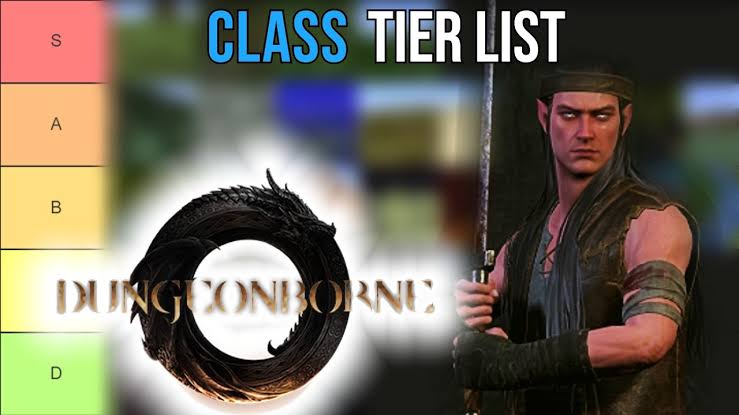DungeonBorne, a game that has captured the hearts of many, offers a vast array of characters, each with unique abilities and strengths. Navigating this complex roster can be daunting for new players. This is where Dungeonborne tier lists come into play. But what exactly is a tier list, and how can it enhance your DungeonBorne experience?
Short Answer
Tier lists rank DungeonBorne characters based on performance, helping players select strong characters, build effective teams, and optimize resource allocation for improved gameplay.
A tier list is essentially a ranking system that categorizes characters based on their overall performance in the game. Characters are typically placed into tiers, ranging from S-tier (the best) to D-tier (the weakest). While these lists can be subjective and vary depending on the creator’s perspective, they provide valuable insights for players of all skill levels.
How Tier Lists Can Enhance Your Gameplay
- Character Selection:
- Identifying Strong Picks: Tier lists help you identify top-tier characters that excel in various game modes and challenges. Focusing on these characters can significantly increase your chances of success.
- Understanding Character Roles: Tier lists often categorize characters based on their roles (tank, damage dealer, support), enabling you to build balanced teams.
- Counterpicking Opponents: Knowing your opponent’s team composition can help you select counter-picks effectively.
- Resource Allocation:
- Prioritizing Upgrades: Tier lists can guide you in allocating resources wisely by highlighting characters with the highest potential return on investment.
- Avoiding Pitfalls: By understanding which characters are considered weaker, you can avoid wasting resources on underperforming units.
- Team Building:
- Creating Synergistic Teams: Tier lists can help you identify characters with complementary abilities, allowing you to create powerful team compositions.
- Experimenting with Different Lineups: While tier lists provide a foundation, don’t be afraid to experiment and discover unique team synergies.
- Game Modes:
- Optimizing for Specific Modes: Different game modes require different character strengths. Tier lists can help you tailor your team composition accordingly.
- Adapting to Meta Shifts: The meta (most effective strategy) in DungeonBorne can change over time. Tier lists can help you stay updated on these shifts.
- Learning Character Mechanics:
- Understanding Character Strengths and Weaknesses: Tier lists often provide explanations for character rankings, helping you learn about their abilities in depth.
- Discovering Hidden Potentials: Some characters may be underrated, and tier lists can help you uncover their hidden strengths.
How to Use Tier Lists Effectively
- Multiple Perspectives: Consult multiple tier lists to get a well-rounded view of character strengths and weaknesses.
- Contextualization: Consider the tier list’s creation date and the game’s current meta when interpreting rankings.
- Personal Preference: Ultimately, the best characters are the ones you enjoy playing. Don’t be afraid to experiment and find your preferred playstyle.
Common Misconceptions About Tier Lists
- Tier Lists are Infallible: Tier lists are based on opinions and data, and they can be subjective.
- Lower Tier Characters are Useless: Even lower-tier characters can excel in certain situations or with specific builds.
- Ignoring Tier Lists is a Mistake: While tier lists can be helpful, they shouldn’t dictate your gameplay entirely.
In conclusion, understanding and utilizing tier lists can significantly enhance your DungeonBorne experience. By making informed character choices, optimizing resource allocation, and building effective teams, you can climb the ranks and achieve greater success. However, remember to approach tier lists with a critical eye and always prioritize your own enjoyment of the game.

